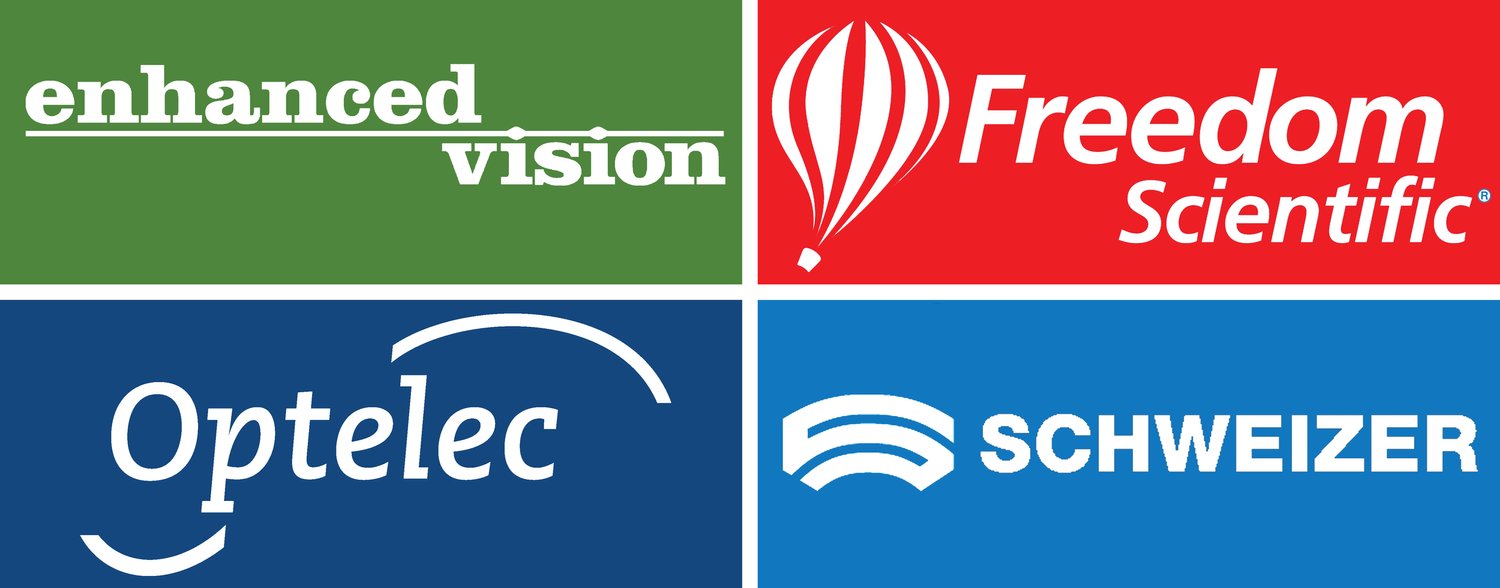Visual Impairment and Friendship
The image shows: a close-up of two hands with the little fingers linked in a ‘pinkie promise’.
Hellen Keller had an intense interest in wide-ranging political, intellectual, and artistic issues. She would regularly attend gatherings with friends which allowed her to explore the things she was fascinated by. She described these meetings as a “priceless blessing”. She grew a particularly close friendship with Eleanor Roosevelt, the wife of President Theodor Roosevelt whom Helen had publicly supported. Eleanor was also celebrated for her politically active role and advocacy for women’s rights, and their mutual interests were a source of great joy for Helen. When Helen met with Eleanor, she eagerly explored her face with her hands and read her lips. She wrote afterwards that “nothing could have meant more to me than a real talk with Mrs. Roosevelt.”
September is Oddfellows Friendship Month. Oddfellows is a non-profit that has been improving people’s lives by helping people forge friendships for over 200 years. We thought it would be the perfect time to talk about friendship and visual impairment. Human beings are social animals which means that, for most of us, friendship is essential.
Research commissioned by the Thomas Pocklington Trust found that, although many VI people experience loneliness, loneliness and social isolation are, of course, not inevitable consequences of sight loss. Experiences of loneliness are a result of multiple factors including difficulty communicating and interacting in different social settings, self-esteem, and age (with both younger and older people being most susceptible, and at a higher rate than their sighted peers).
It concludes that strategies should be more focussed on a few key things. Children should be enabled to develop social skills and be given access to varied opportunities for socialisation, and, more generally, peer support and practical coping strategies should be taught to those who experience loneliness.
Friendship, then, is an obvious and essential remedy to the problem of loneliness. With increasing advocacy and initiatives, the opportunities for VI people to make friends are always growing. But there isn’t a blanket solution when it comes to making friends. Many VI people report having difficulty making friends with sighted people, whilst younger people with visual impairments have more difficulties making friends in general than older people, who tend to be more experienced and skilled at socialising.
Differences in natural levels of social confidence as well as introversion and extroversion mean that different strategies should be employed for and by different groups. What is essential is that VI people are equipped with the social skills and knowledge to engage with people in a way that suits their temperament and personality. Parents of VI children have a big role to play here. It’s a great idea to befriend older VI people who can provide guidance and give your child the confidence to explore and take risks.
Fortunately, with the rise of things such as guided runners, blind football teams, and other specialised activities, VI people are more able now than at any other time in history to participate casually in sports and other activities, and to be inspired by VI role models. Beyond this, there are more and more VI influencers who post lifestyle, gaming, and all sorts of other content online. They are developing a significant following of both VI and sighted people, which can provide enriching online communities to be a part of.


